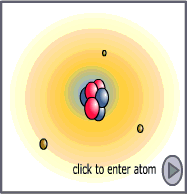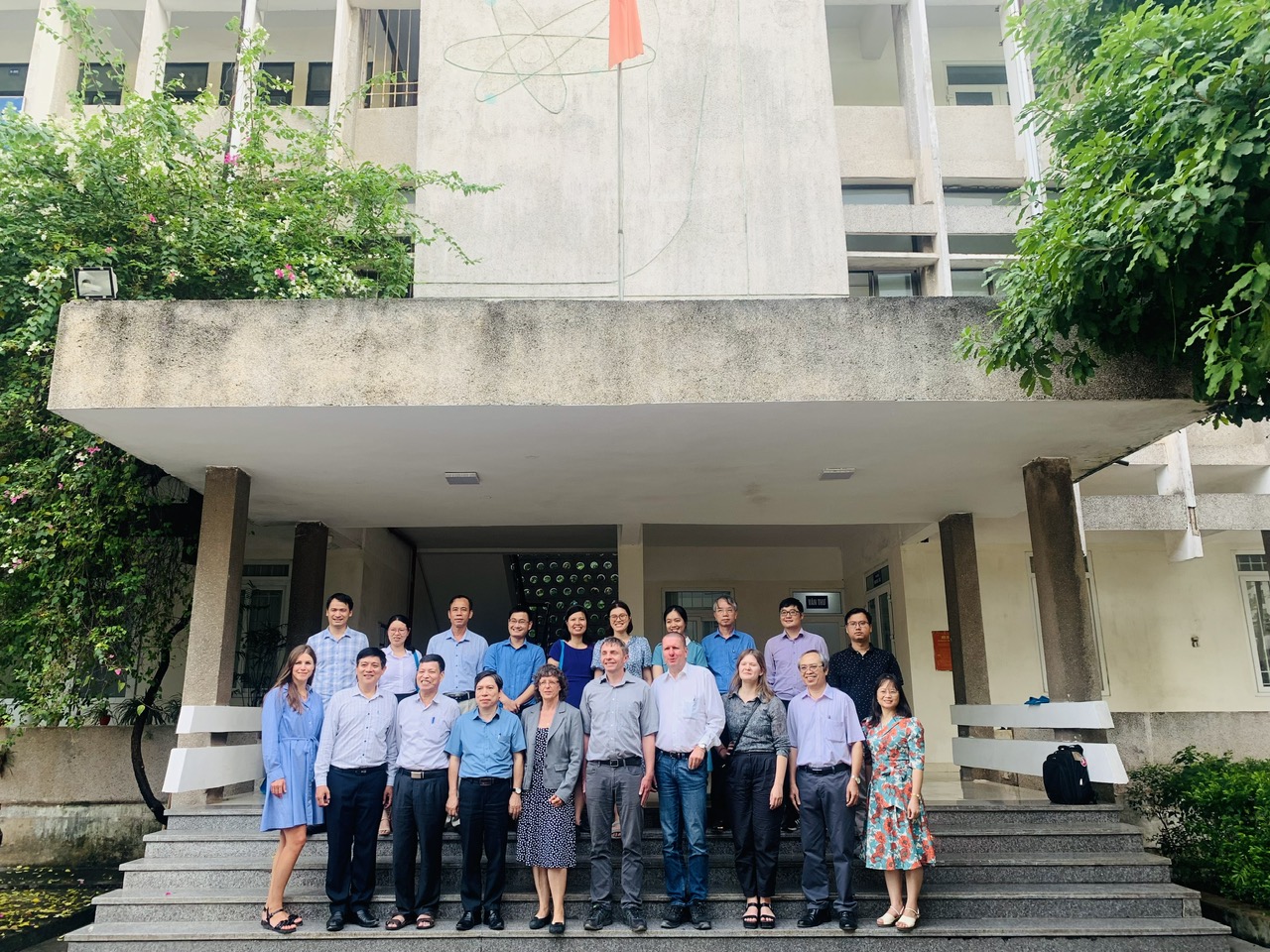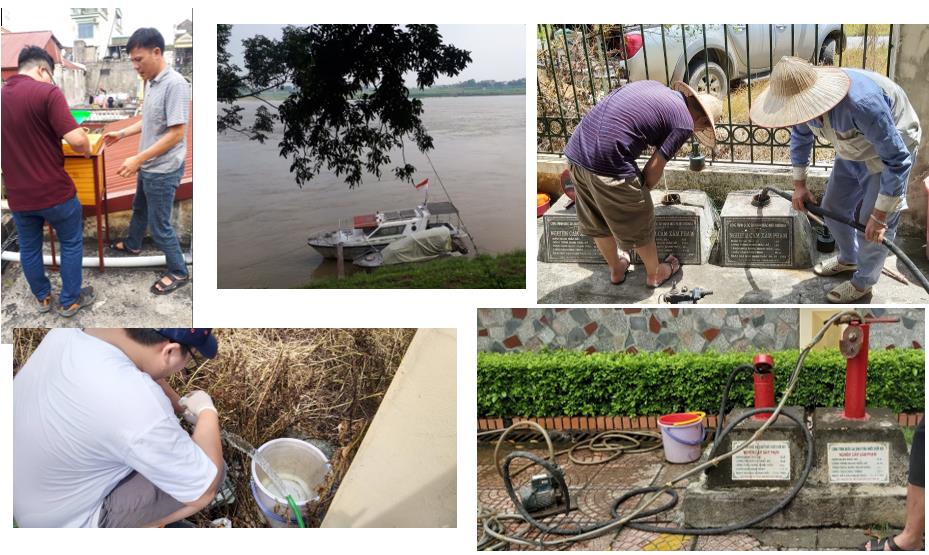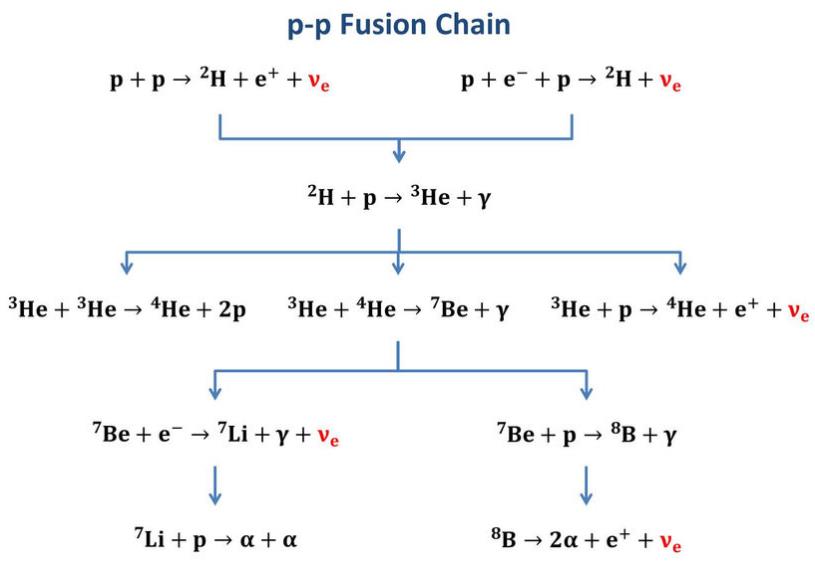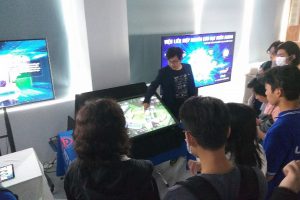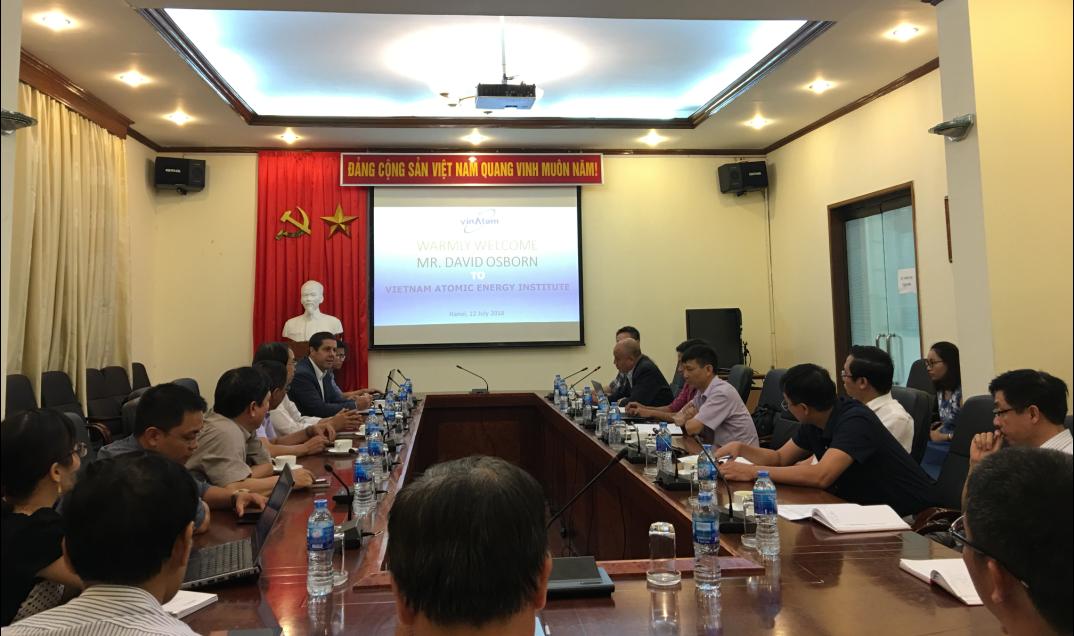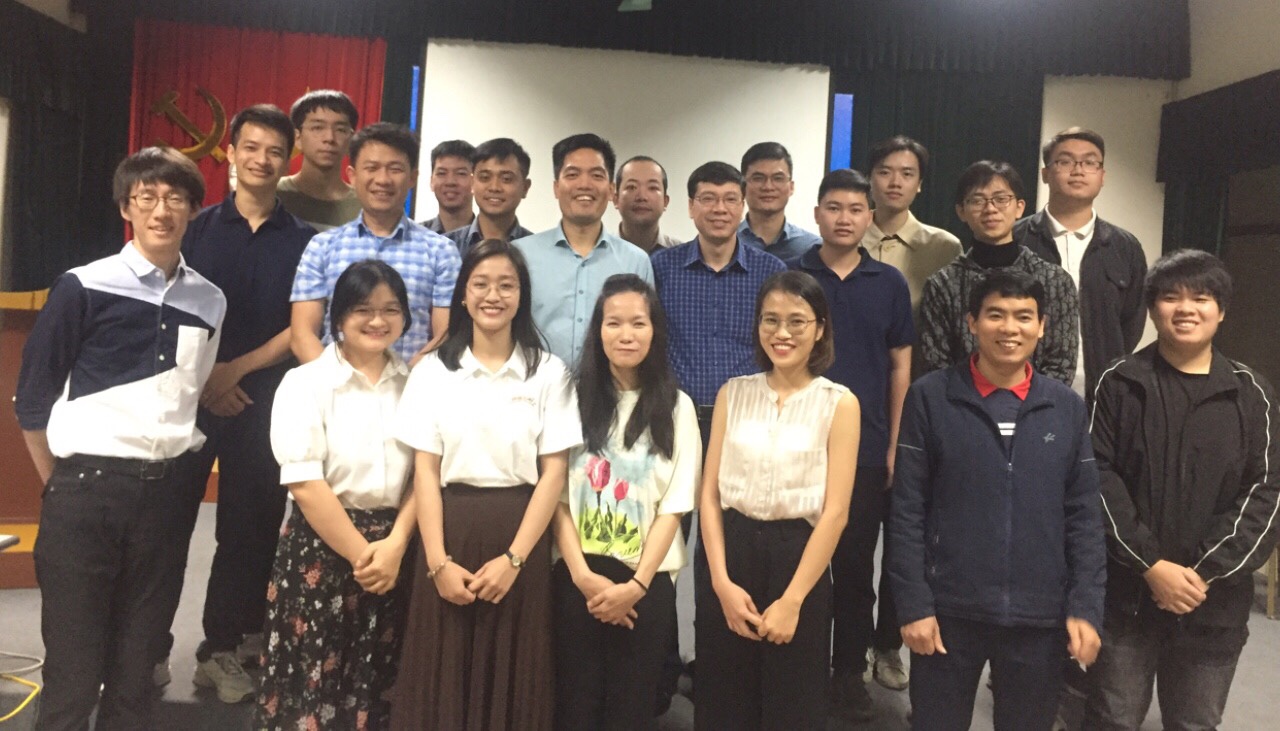
1. S Chen,…, L.X. Chung et al., Level structures of 56,58Ca cast doubt on a doubly magic 60Ca, Physics Letters B 843 (2023) 138025. (ISI, Q1)
2. Z Elekes,…, L.X. Chung et al., Southwestern boundary of the island of inversion: First study of low-lying bound excited states in 59V and 61V, Physical Review C 106 (2022) 064321. (ISI, Q1)
2. Z Elekes,…, L.X. Chung et al., Southwestern boundary of the island of inversion: First study of low-lying bound excited states in 59V and 61V, Physical Review C 106 (2022) 064321. (ISI, Q1)
Evaluation of the hydraulic relationship between the unconfined aquifers and the flow of the part of Red river running from Son Tay to Hung Yen is important to clean water safety and security for the daily life of local inhabitants living on the sides of the river. It is said that this part of the river is the major source of water for the aquifers during the rainy season of the year; on the contrary, groundwater seeps into the river, leading to an increase in river baseflow in the dry season. Currently, there have been several studies on the hydraulic connection between the Red river and Holocene and Pleistocene aquifers in Hanoi area using traditional hydrogeological techniques
On 28 October, a meeting with the Plenipotentiary Representative of the Government of the Socialist Republic of Vietnam in JINR completed a series of work visits of the JINR delegation to universities and scientific organizations of Vietnam Atomic Energy Institute (VINATOM) and the Vietnam Academy of Science and Technology (VAST) in Hanoi and Ho Chi Minh City. Participants of the meeting confirmed their great mutual interest in the further cooperation development in scientific and technological issues, staff training programmes and outlined a plan of actions.
Particle and Heavy Ion Transport code System (PHITS), a general purpose Monte Carlo particle transport simulation code, has been developed mainly under the collaboration of Japan Atomic Energy Agency (JAEA), Research Organization for Information Science and Technology (RIST), High Energy Accelerator Research Organization (KEK) and several other research institutes in Japan and Europe. The code can be used in various fields and has so far attracted thousands of users in many countries all over the world.







